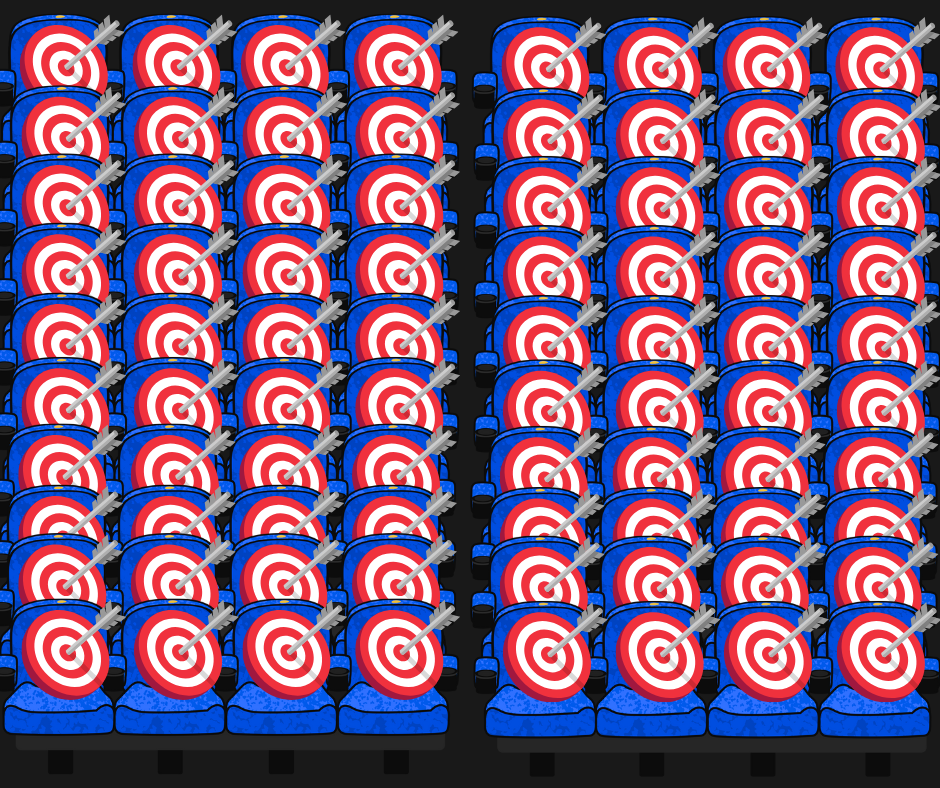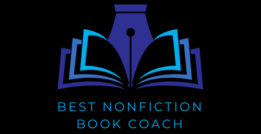
You must know how to identify your target audience because one of the most critical steps in writing a nonfiction book is knowing exactly whom you’re writing for. Your target audience determines your tone, structure, and even the content you include. By understanding your ideal readers, you can craft a book that resonates deeply and fulfills their needs. Here’s how to define and identify your target audience to ensure your book speaks directly to them.
Clear Picture of Your Reader
Many authors believe their book is for everyone. That’s simply not true—and it’s okay. Think about the people who will benefit most from your book(s). Are they professionals in a specific industry, parents looking for advice, or individuals seeking personal growth?
To identify your target audience, some experts advocate creating a detailed reader persona that includes demographics like age, occupation, and interests—as specific as possible. For example: “This book is for 45-year-old small-business owners who go SCUBA diving on Saturdays and eat calamari on Sundays, drive cars that are no more than three years old, are juggling family responsibilities, and want to improve time management skills.”
The more precise you are on all of the psychographics of your audience, the theory goes, the better you can tailor your content.
Not everyone ascribes to that notion. If it helps you, do it. Otherwise, focus on one to three aspects of your target audience (small-business owners, juggling responsibilities, want to improve time-management skills), and speak to them in way they’ll understand. You don’t need to know every detail about your target audience, but you do need to know enough to serve them well. Being aware of your audience’s level of knowledge is an important part of this.
Identify Your Target Audience’s Problems and Pain Points
Your readers are likely looking for a solution to a specific challenge or problem they’re experiencing. By addressing their pain points in your book, you’re more likely to capture their attention and provide value.
When you identify your target audience, focus on the most pressing challenges they have that you can help with, to ensure your book meets their needs.
Examples of Pain Points:
- Struggling to balance work and family life.
- Feeling stuck in a career with no clear advancement path.
- Lacking confidence in their ability to start a new project or hobby.
Actionable Step: Make a list of the top five problems your target audience faces. Ensure each chapter of your book addresses one or more of these challenges.
Resource: Schedule a $200 Coaching Call with Jennifer to get a clearer picture of your target audience. Then you can explore your audience’s pain points and align your book’s content with their needs.
Their Goals and Aspirations
What does your audience hope to achieve? Whether it’s mastering a skill, improving their health, or building a business, understanding their desired outcomes allows you to tailor your book to their ambitions. This is another key part of how to identify your target audience effectively.
Ask yourself: How will reading my book improve my audience’s life? What transformation or result will they experience? Write this down. Revisit it as you draft your manuscript.
Where They Hang Out Online
Knowing where your readers spend their time is a valuable part of learning how to identify your target audience. Are they active on LinkedIn, Twitter, or niche forums? By observing their online behavior, you can learn what questions they’re asking and what topics resonate with them.
How to Research Online Behavior:
- Join relevant groups or forums, and observe conversations that take place there.
- Search hashtags related to your book’s theme to see trending discussions.
- Follow influencers in your niche to identify your target audience’s preferred content.
Resource: A book with foundational questions to help you identify your target audience (and even write your book): Your Book Bakery: Making it easy to write a book
After You Identify Your Target Audience
If you already have an email list, blog, or social media following, ask your audience what they want to learn from you. Polls, surveys, or direct questions can reveal valuable insights about their needs and preferences. The responses an be instrumental in helping you identify your target audience more precisely.
Tools to Use:
- Google Forms or SurveyMonkey for detailed surveys
- Instagram Stories or LinkedIn polls for quick feedback
- Email newsletters with a simple question like, “What’s your biggest challenge related to [topic]?”
Analyzing Existing Books in Your Niche
Look at the bestselling books that target a similar audience. What makes them successful? Read reviews to see what readers loved and what they felt was missing. This information can help you position your book as a fresh, valuable addition to the market.
Create a list of three to five bestselling books in your niche. Take notes on these things:
- Common themes or structures
- Gaps you can fill in the market
- Opportunities to differentiate your book
Marketing Plan Based on Your Target Audience
Once you’ve worked to identify your target audience, create a plan to reach them effectively. Consider these actions:
- Writing blog posts or guest articles on topics they care about
- Sharing book updates and tips on their preferred social media platforms
- Running targeted ads to promote your book directly to your audience
You can do these things before you publish your book. Do it with confidence because you know you have something helpful to offer them. If you ask yourself things like, “Who am I to write this book,” then you may be struggling to overcome impostor syndrome.
Resource: Learn how to outline your book strategically with the $97 workshop, Let SEO Outline Your Book for You. It’s a perfect way to create a structure that aligns with your audience’s search behaviors.
FAQs About How to Identify Your Target Audience
Q: What if my book appeals to multiple audiences?
A: Focus on your primary audience—the group most likely to buy and benefit from your book. Secondary audiences can be addressed in marketing materials or later projects.
Q: How do I know if I’ve defined my audience well enough?
A: If you can describe your ideal reader in detail (age, interests, challenges, and goals), you’re on the right track.
Q: Do I need to adjust my tone or content if I discover a new audience during the process?
A: Absolutely. Your book should meet the needs of the audience you ultimately want to serve.
Final Thoughts
Identifying your target audience is more than just a preliminary step—it’s the foundation of a successful nonfiction book. By deeply understanding your readers’ needs, aspirations, and behaviors, you can create a book that truly resonates with them and stands out in a crowded market.
TL;DR:
If you want your book to be helpful, you must identify your target audience and serve them well. This post has information and links to resources that help you do that.
Call to Action
Ready to refine your target audience and create a book that speaks directly to them?
- Book a $400 Coaching Call with Jennifer for tailored advice.
- Start today, and ensure your book reaches the audience it was meant for!
